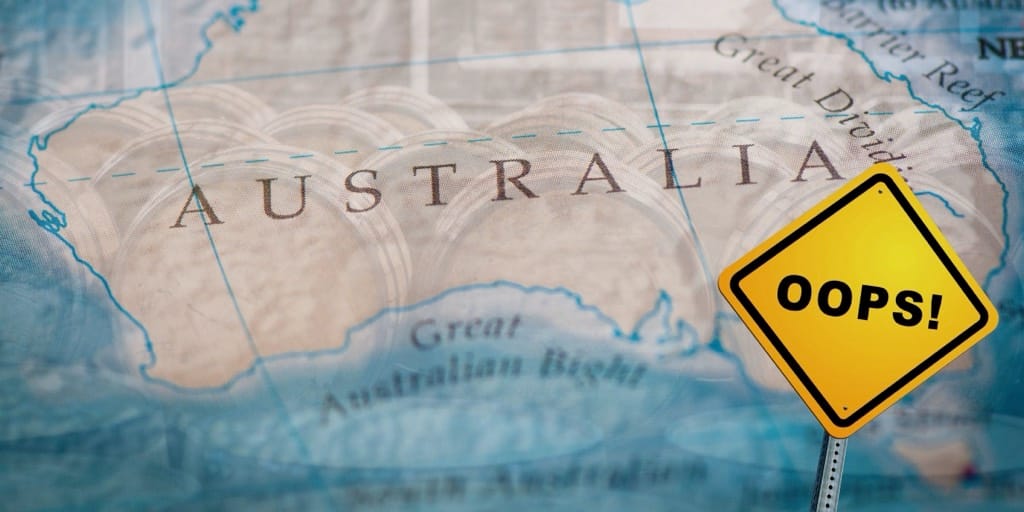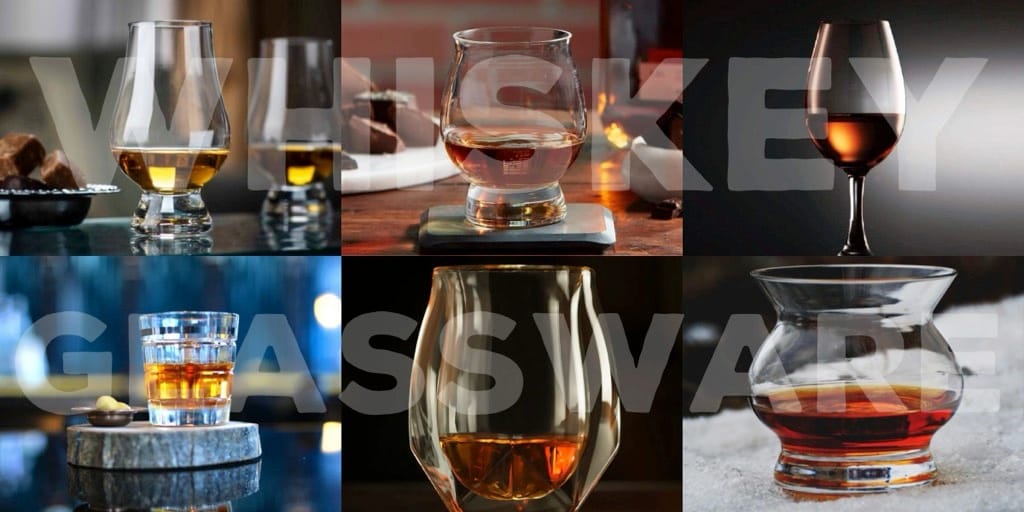Heather Greene doesn’t resent the fact that her first brush with fame came after writing the book, “Whisk(e)y Distilled: A Populist Guide to the Water of Life.” What people don’t see, she says, is writing a book didn’t make her a whiskey specialist at all. Her real expertise was built over a decade working in restaurants and bars, including The Scotch Malt Whisky Society in Edinburgh, Scotland. After consulting for numerous whisky brands there, she returned to the U.S. to work for William Grant & Sons. When the opportunity to consult with Milam & Greene came about, she knew the time had come to invest that talent in a brand she could lead. That, she says, was when her expertise became more valuable than any book byline.
I had a huge whiskey background before I did the book. I became a writer because I already was a whiskey expert. For me and a lot of my other colleagues, they believe that first you have to be an expert in whiskey to write about it. That’s how you become a voice of authority. It’s not like it is now where some people say, “I’m a writer, so I’m an expert.”
When I got into whiskey it wasn’t even a thing. I had all these great whiskeys (at bars where she worked) that I had access to, things that are allocated now, whiskeys that sold later for hundreds and thousands of dollars were … always just there! Whiskey is experiential, so you gain experience tasting it and working in that area and then you write about it.
Really, I guess, whiskey chose me. I found it interesting, and when you follow your curiosity, it takes you places.
My husband was a grad student studying in Edinburgh, Scotland. The first thing I did when I got there was to see if I could work at a bar or restaurant. I’d always gravitated toward hospitality. I liked bartending. I liked making your drinks. I worked for Danny Meyer at Union Square Café in Manhattan. He was a huge inspiration when it came to hospitality and the culture of taking care of employees.
Really, I guess, whiskey chose me. I found it interesting, and when you follow your curiosity, it takes you places. I wound up at The Scotch Malt Whisky Society. I was the first woman there.
Eventually I became a consultant helping brands improve. Things like optimizing their barrels, helping with PR and marketing. I helped create a ton of brands and learned a lot about the business. From there I started working at William & Grant, and I was traveling back and forth from the States to Scotland for five years.
I got a book deal because I was a whiskey expert; I was already in the whiskey industry.
So, I already had a huge whiskey background before I did the book. How the book came to be … that’s a ‘New York story.’ My neighbors had a party one night, and I met some (literary) agents there who said, “You should write a book.” I’d been traveling all over the world and had experiences that they thought were interesting, so, I said to myself, “OK, I’ll write a book.” I got a book deal and spent two years writing and traveling to get it done. That included spending a lot of time in Japan and starting to go to Kentucky.
Once the book was published, then everybody knew who I was, and I started writing for other publications. They knew me as a writer. To me, that’s how you become a voice of authority in writing. Today there are people jumping in and calling themselves whiskey experts. I read so many writers who aren’t asking the right questions because they don’t know the nuances of whiskey making. … I got a book deal because I was already in the whiskey industry.
To get to Milam & Greene … I consulted for them. I went to (Blanco) Texas and met with some people who had an idea. They were this rag-tag brand of ‘whiskey pirates,’ as I called them. (Co-founder) Marsha Milam and (master distiller) Marlene Holmes were already there. They asked what I’d do in their situation, and I said, I’d build a distillery. They said, “Why don’t you come down here and do it?” I thought, “Really?” I went back to New York and my husband’s like, “Why not?” I was like, “OK. It’s time to take everything I’d seen and learned at all these craft distilleries I’d worked with and do this.”
How difficult is it to blend whiskey from a pot still with that from a column still? It’s not. If you have delicious, amazing barrels of whiskey, you’re going to have something pretty great already. Then it’s up to the blender to refine it. But there’s so much hard work that precedes blending.
I find the hardest part is designing the barrel program, where you’re going to distill, the mashbill, what your yeast is, what char levels you’re going, what climate you’re aging in—Kentucky or Hill Country Texas—what your barrel entry proof is. You have to know how to identify if something’s wrong, and when to know where and for how long that barrel should age in what spot. Fostering those barrels as they become something different is the really tricky but beautiful part. Blending is the icing on the cake.
I look at it this way: Say you’re going to have a garden to grow a beautiful bouquet of flowers. The actual work goes into tilling the soil, planting the seeds, the watering, the fertilizing, the clipping and cutting and the pruning to have this beautiful garden. And at the last minute, you’re going to arrange the bouquet. That bouquet gets all the attention, but it’s the easiest part.
I can only be a great master blender if I’m first a farmer—a harvester of barrels.
People say, “You just contract and source.” No, I don’t. I’ve been with these barrels since the beginning of their lives. Years and years and heart and soul and millions of dollars go into those barrels. And if you’re not in that garden and helping it flourish, no matter what you do, you’re not going to be able blend anything good.
I need to know where that barrel is, know if it needs more time or if it needs to be moved somewhere else. We do a lot of movement between states; taking barrels from Kentucky (where they’re filled and aged) and move them to the Texas heat for two years. So, we have two different climates on that barrel. I can only be a great master blender if I’m first a farmer—a harvester of barrels. I’m only as a good a blender as what I’ve ‘grown’ for those five years.
I’d describe Milam & Greene whiskies as refined, subtle, elegant, luxurious and nuanced. That’s not easy to pull off given that bourbon has become kind of one thing, one target. Even in malt whiskey, there’s Speyside, Highlands, Lowlands and Japanese. Not for bourbon. It’s one thing only.
One way we can create the flavors we do is by having one foot in Kentucky and another in Texas. What we do in Texas is different—a pot still, climate, terroir—that’s Texas magic. I think consumers are looking for something else other than bourbon being that one thing. We want them to think that if they’re not in the mood for something really bold, they turn to a Milam & Greene whiskey to get something that’s refined and nuanced.



